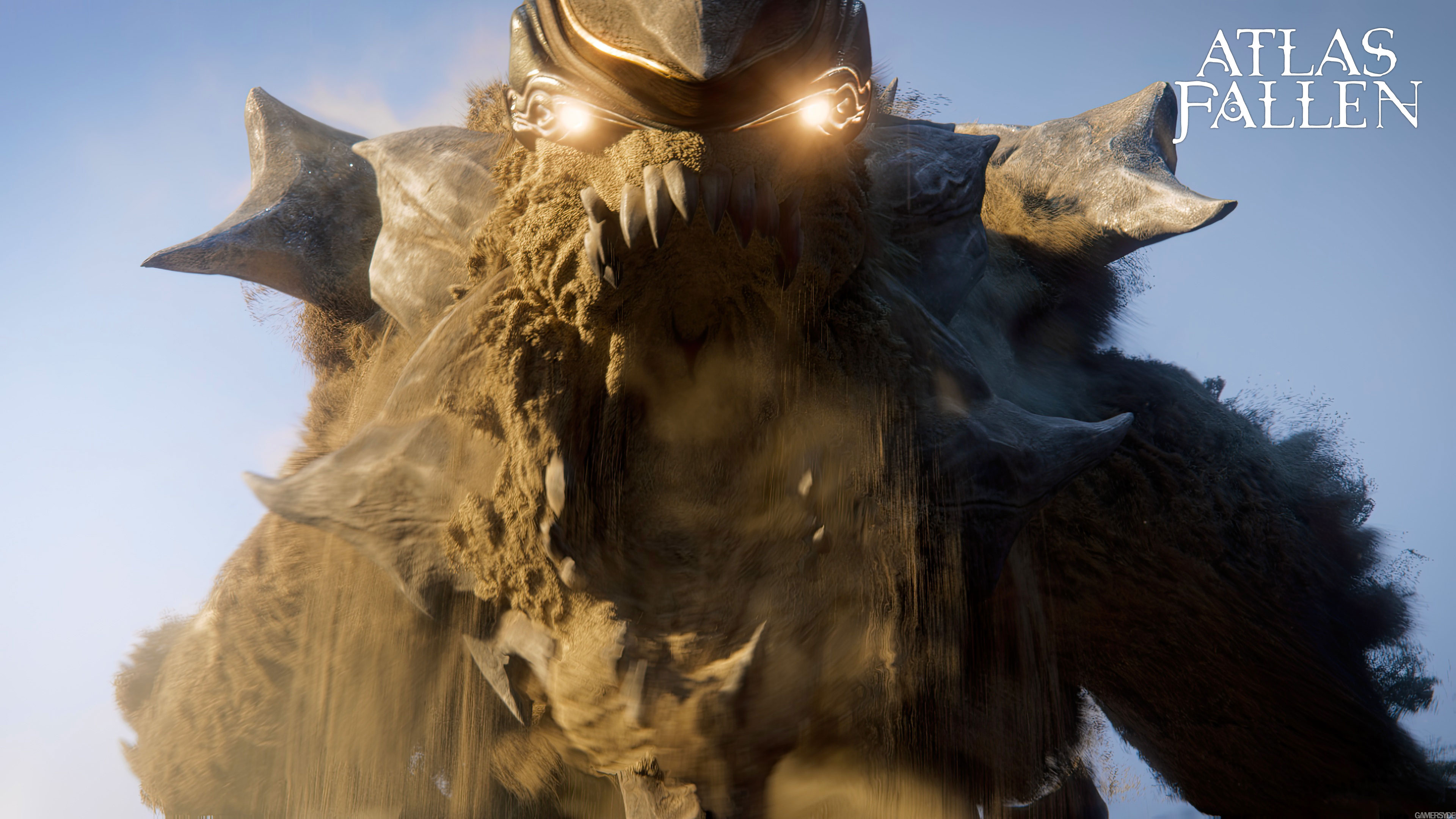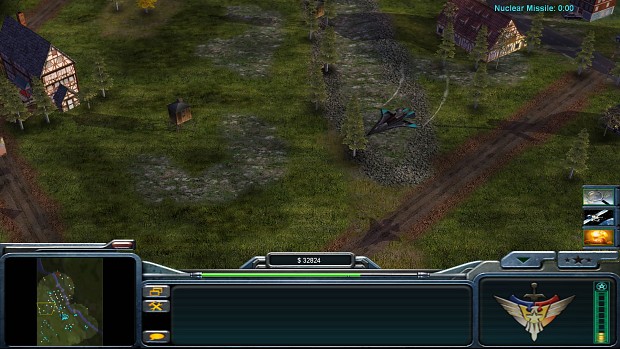

We provide APIs and examples for building gameplay and navigation around a space on top of depth estimation and meshing (for example see our “Gameboard” sample code),.We provide AR Backend ‘ARBE’-managed server out of the box so that developers do not need to set up networking services for multi-player AR.Especially when it comes to multiplayer experiences, smart AR content navigation and placement, physics integration, and environmental recognition and masking. Third, ARDK and its underlying services go further than the main AR toolsets today in terms of guiding developers in building more interactive and realistic AR experiences. ARCore’s Depth API which requires user movement to detect depth. It instantly senses depth, even the depth of moving objects, vs.ARKit’s Depth API uses device Lidar sensors for depth understanding (only available on high-end devices), whereas ARDK does not require this- it just needs the camera pass through. It works on a broader range of devices-billions of devices, not just LiDAR-capable devices as in the case of ARKit.

Second, ARDK’s depth technology (which powers several features in the SDK) works differently than ARCore/ARKit, in that:

First, Lightship ARDK’s features are fully platform-agnostic which allows for writing an AR application once and having it work across Android and iOS Devices (no platform-specific code).


 0 kommentar(er)
0 kommentar(er)
